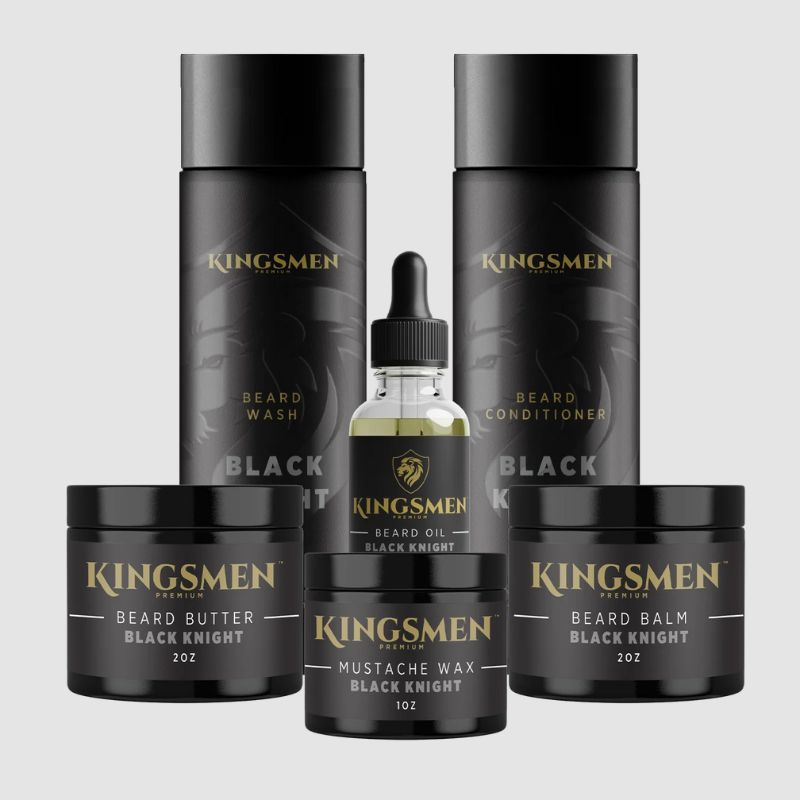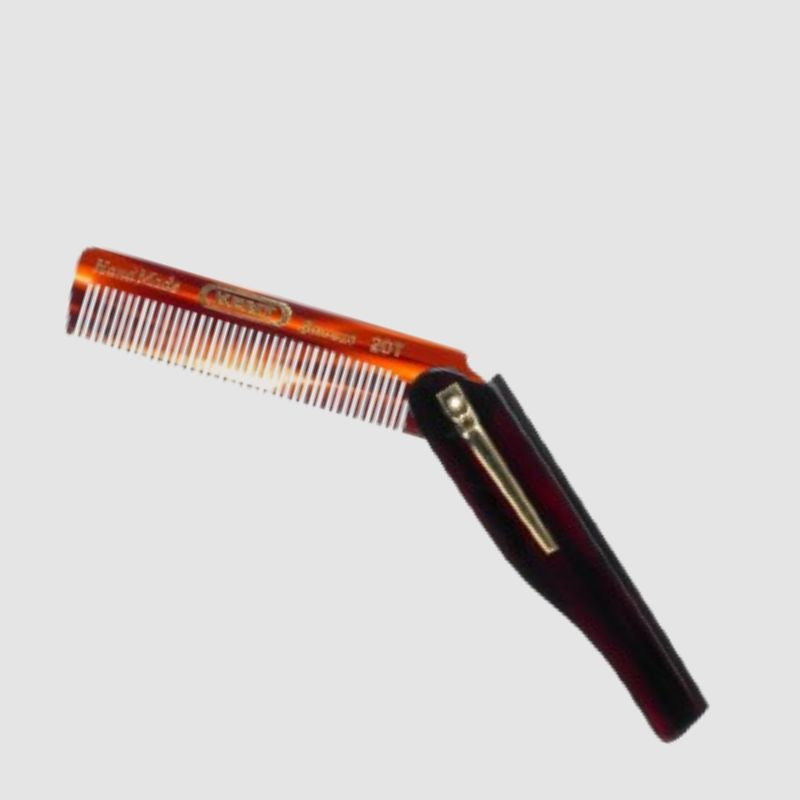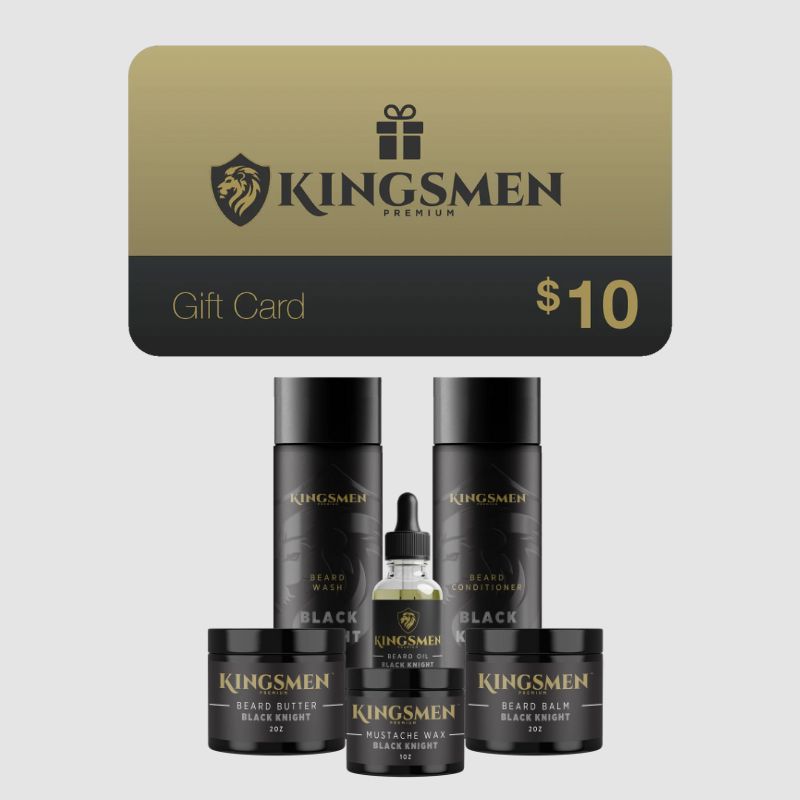The 5 Beard Growth Stages
Beards look great, smell great, and win competitions. They can enhance your look, complete your style, and turn heads. Beards are pretty cool for a number of reasons, not the least of which is the way they grow.

If you’re a frequent reader around here, you know how to care for your beard. You know how to help encourage it to grow, and you know what to look for in the best beard care products, but do you know the science behind your beard? Today, we’re going to get a little bit nerdy, beardsmen. We’re going to look at our beards on a microscopic level. We’ll learn how our beards grow, what each stage of beard growth is called and how to recognize it, and how to harness that knowledge for the health and benefit of our glorious manes. By the time we’re done, you’ll know what influences your beard’s growth, the beard growth stages, how to support a healthy beard, and how to troubleshoot patchy growth. Let’s jump in!
Facial Hair Growth Cycle
Let’s get down to the basics, first. Your beard starts with your genetics. It’s widely known that men produce more testosterone than women, but it’s not as commonly understood that this is why men grow more facial hair on average. Hair follicles are kicked into high gear by testosterone production, which means, generally speaking, the more testosterone you produce, the more facial hair you’ll grow. The amount of testosterone you produce comes down to your genetics.
Okay, so you’re producing testosterone and your beard is growing and well on its way to magnificence. As it grows, it will go through beard growth stages. The more we know about these stages of hair growth, the better we will be able to care for our whiskers, so let’s take a look at each stage:
- Anagen - Known as the growth phase, this stage is when your hair grows at a rate of about a centimeter per month, and it can last from between two and seven years. Some beardsmen might notice that their beards just don’t seem to grow past a certain length, which is an accurate observation. Your beard won’t grow much after this phase, and for some men who have a shorter anagen phase, that means a shorter beard length. As you age, your anagen phase is reduced and you may not be able to grow a beard as long as you used to be able to. A shorter growth phase can also mean individual hairs that are weaker, so it’s important to take care of your beard at its healthiest to make sure you’re providing the necessary building blocks for healthy hair even as you age, and the growth phase decreases.
- Catagen – This is the regression phase which can last up to three weeks. This stage starts when the anagen stage is complete. Beard growth comes to a grinding halt as all your hair follicles begin to shrink. About 3% of your hairs are in the catagen stage of growth at any given time and it will cause them to separate from the follicle, though they don’t fall out in this stage.
- Telogen – The telogen phase is the resting phase when the hair follicle is dormant and waiting to be replaced with fresh new hair. This phase lasts around three months, and at any given time, 10-15% of your hair is in this phase.
- Exogen – Otherwise known as the shedding phase, this phase is an extension of the telogen phase marked by the shedding of hair. Brushing, washing, and combing help to loosen and shed hair during this phase.
Stages of Beard Growth
Now that we understand what’s happening to our hair on the atomic level let’s pull back and look at the bigger picture. What are the stages of beard growth that we can see and observe? We’ve narrowed it down to five main growing beard stages which start with a clean shave and end with a magnificent mane. This is a beard growth timeline of approximately a year from baby-soft skin to impressive whiskers. Let’s look a little closer at each of these stages.
Stage One: Clean Shave
This is where we all start. There’s not much happening during this stage so it’s the perfect time to prep the canvas for your masterpiece. Your beard needs a healthy, nourished base to start its journey on and that means skincare. Dry, flaky skin isn’t going to do your beard growth any favors, so you need to keep it moisturized and happy. Keep those beard follicles clear of debris with gentle washing and exfoliation. We recommend the Kingsmen Premium Sea Salt Scrub to clear dead skin and debris away from follicles allowing them to produce hair at a normal rate. The Kingsmen Premium men’s lotion is also great for making sure your skin is nourished and ready to grow an epic beard. Daily use of a moisturizer after washing is crucial during this stage.
Stage Two: Stubble
You’re looking at a 5 o’clock shadow now, and as your stubble gets longer, it can feel awkward, and you can experience some beard itch and discomfort. This is the stage when you want to swap out your facial cleanser for a beard wash when washing your stubble. Shampoos and other soaps can be harsh on your beard hair and are known to strip your skin of its natural oils. A cleanser designed specifically for your beard will not do this, ensuring it doesn’t dry out, promoting normal, regular stubble growth, and helping you to feel less awkward.
Stage Three: Short Beard
Now, you’ve got yourself a beard. It’s maybe a little under a month in, and your hair has become more coarse, and you’ve probably got a full Magnum PI ‘stache by now. This is the perfect stage to start using a beard conditioner after your beard wash to replace any lost natural oils during the washing process. You’ll find that the beard conditioner helps to soften your beard hair and make it more manageable.
At this stage, you’ll also want to ensure you’re using beard oil for growth every day without fail. Apply it to a damp beard, preferably after you’ve washed and conditioned it, and if you can apply it in that steamy, post-shower bathroom, you’ll get the most from the product. Steam, hot air, and warm water all open up the pores on your face and hair and allow the oil to be absorbed with more ease. Don’t forget your mustache when applying beard oil.
Stage Four: Grooming
Now you’ve got yourself a pretty impressive beard that will require more care. This stage usually occurs around four to six months into the beard timeline and it’s when you’ll notice your beard has filled out more, and maybe your patchy sections are harder to notice. Your beard is probably out of control at this stage without some serious grooming. You’re going to want to find yourself a beard balm for this stage to tame those stray hairs and keep your beard in check while it continues to grow. It pays off in dividends to find a beard balm made with clean ingredients that offer moisture while helping to keep your beard in check.
Your tools like a beard brush or beard comb are going to be your best friend at this stage, as the weapons of choice in the fight against a wild and unruly beard.
Stage Five: Full Beard
Maybe 10-12 months into the beard progress, and your beard is full. Now, it’s time for maintenance mode. You might notice some shedding when you brush or comb at this stage. Your beard will need a full beard care regimen to maintain its health and fend off the more common beard complaints like dandruff and dry, brittle hair. As your beard sheds older hairs, you want to make sure that new beard growth finds itself on a solid foundation and that means moisturizing, conditioning, gentle washing, occasional trims, and frequent combing or brushing. Invest in a beard care kit like the Beard Expert Routine Kit from Kingsmen Premium to ensure that your beard stays healthy and continues through the beard growth cycle without issue.
What Factors Influence Hair Growth
Every man’s beard is different. They all grow at different rates and fill out in different shapes. Some men have curlier beard hair than others, hair is more coarse on some men than it is on others, and the types of beard growth can vary from beardsman to beardsman. That means that every man is going to experience these growing a beard stages differently and the end result will be different for each of you. Let’s look at some of the factors that influence how your beard grows
Age
When you’re young and noticing the first few hairs on your chin, your beard isn’t going to grow as full as when you’re older. That’s because your follicles lay dormant until they slowly begin to wake up during and after puberty. For some men, a full beard is possible in their teens, while for others, you might not be able to fill out your facial hair until you’re in your thirties. While this won’t apply to every man, generally speaking, the golden age of beard growth falls between the ages of 25-35.
Genetics
Some men are blessed with all the genes they need to fill out a glorious mane at age 20. Others struggle with patchy beards their whole lives. You can generally tell what kind of beard you’re capable of growing by looking at your dad’s beard. Uncles and grandfathers can give you some insight as well. When you are genetically predisposed to be able to grow a full beard with no problem, it means that it’s written in your genes. Your genes are a major contributing factor to your beard progression.
Hormones
Because testosterone, a hormone, is largely responsible for activating hair follicles, your hormone levels have a big influence on your beard growth. Everyone’s testosterone levels vary, which can affect your ability to produce a full beard in the same amount of time as your best friend.
How To Support a Healthy Beard
There are a lot of factors in growing a beard that we have no control over, but there are some tools at our disposal that can help us to encourage healthy, even beard growth and keep our whiskers happy. Let’s find out what those tools are.
Eat Healthy
Like just about every other part of your body, your beard is going to respond well to a good diet. You cannot just feed your beard the nutrients it needs from the outside. You have to come at it from the inside, too. That means healthy proteins and carbs, lots of vitamin and mineral-packed veggies and fruits, and staying away from deep-fried, heavily salted greasy junk food.
Exercise More
We’ve covered how testosterone is responsible for kicking those follicles into high gear. Exercise can help your body produce more testosterone, so get out there and play some ball or hit the gym. Your beard is going to grow faster and healthier.
Sleep Well
Sleep is linked to better blood circulation, which means your hair follicles will receive more nutrients from your blood as you sleep. Getting enough sleep is great for your overall health as well, and a beard loves to grow on a healthy body. Get that 8 hours per night for a glorious mane, beardsmen!
Use Grooming Products
A regular beard care routine is going to keep each one of those facial hairs healthy, but it’s also important to consider the skin underneath your beard. Your beard care routine should include quality beard care products that target the hair, the follicle, and the skin underneath. Start with your beard wash and stop using harsher soaps. Follow up with a quality beard conditioner to soften the hairs and moisturize the skin. Beard oil is crucial for both your skin and beard and a nutrient-rich beard balm or beard butter will help you shape and style your beard while feeding it the nourishment it needs. Keep your routine up and your beard and skin will stay healthy and look great.
Take Care of Your Beard at Every Stage With Kingsmen Premium
Understanding the stages of beard growth will help you maintain a healthy mane, from the moment you shave until you’re rocking those ZZ-Top whiskers. The key takeaway here is that, although genetics and age may play a large part in how your beard grows, you still have the power to influence it with a great beard care routine. So, get yourself a beard care kit from Kingsmen Premium in any one of our coveted scents and start your beard journey today!
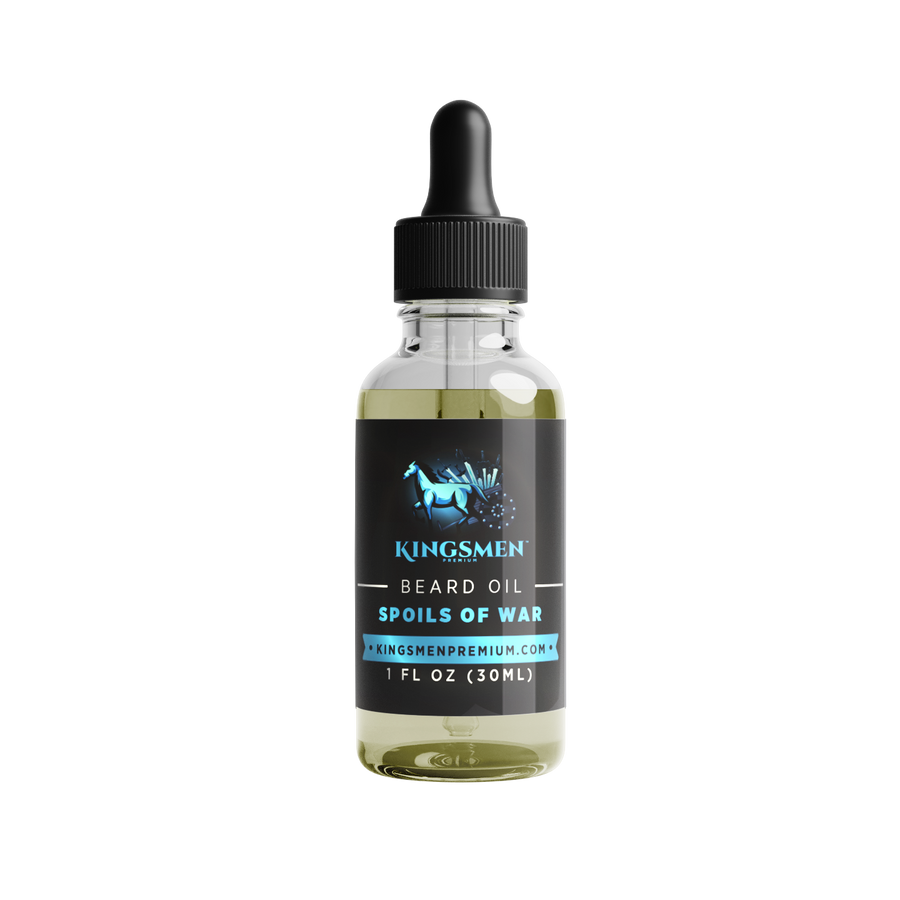
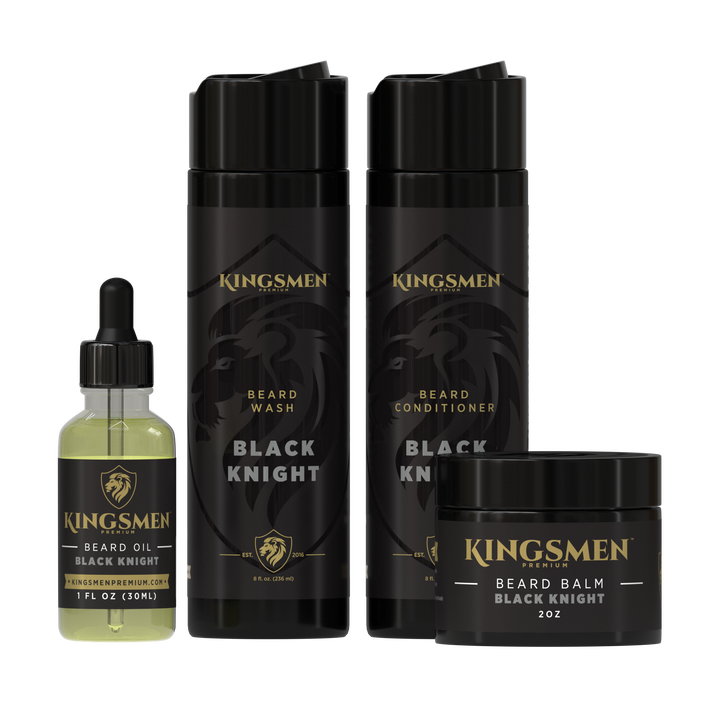
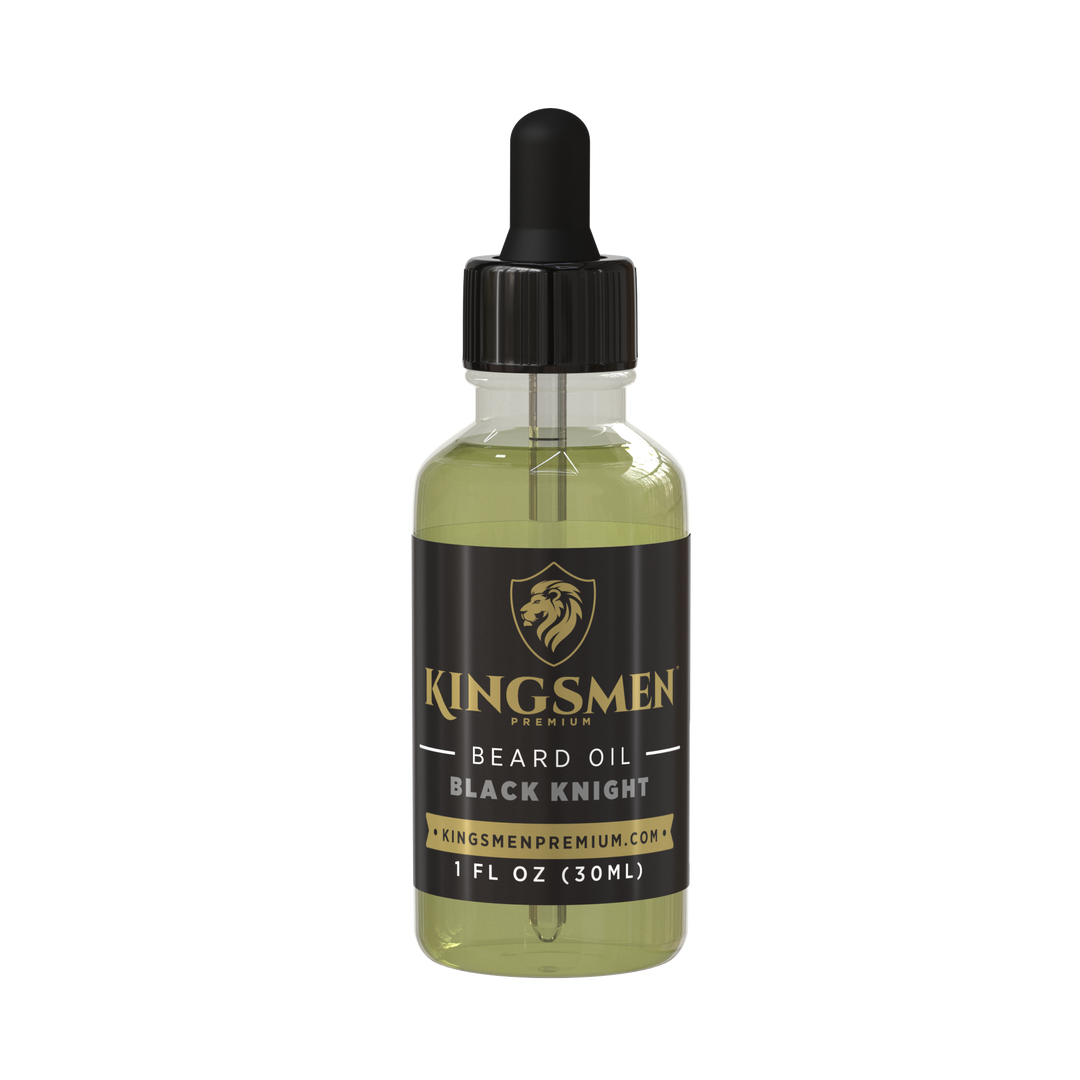
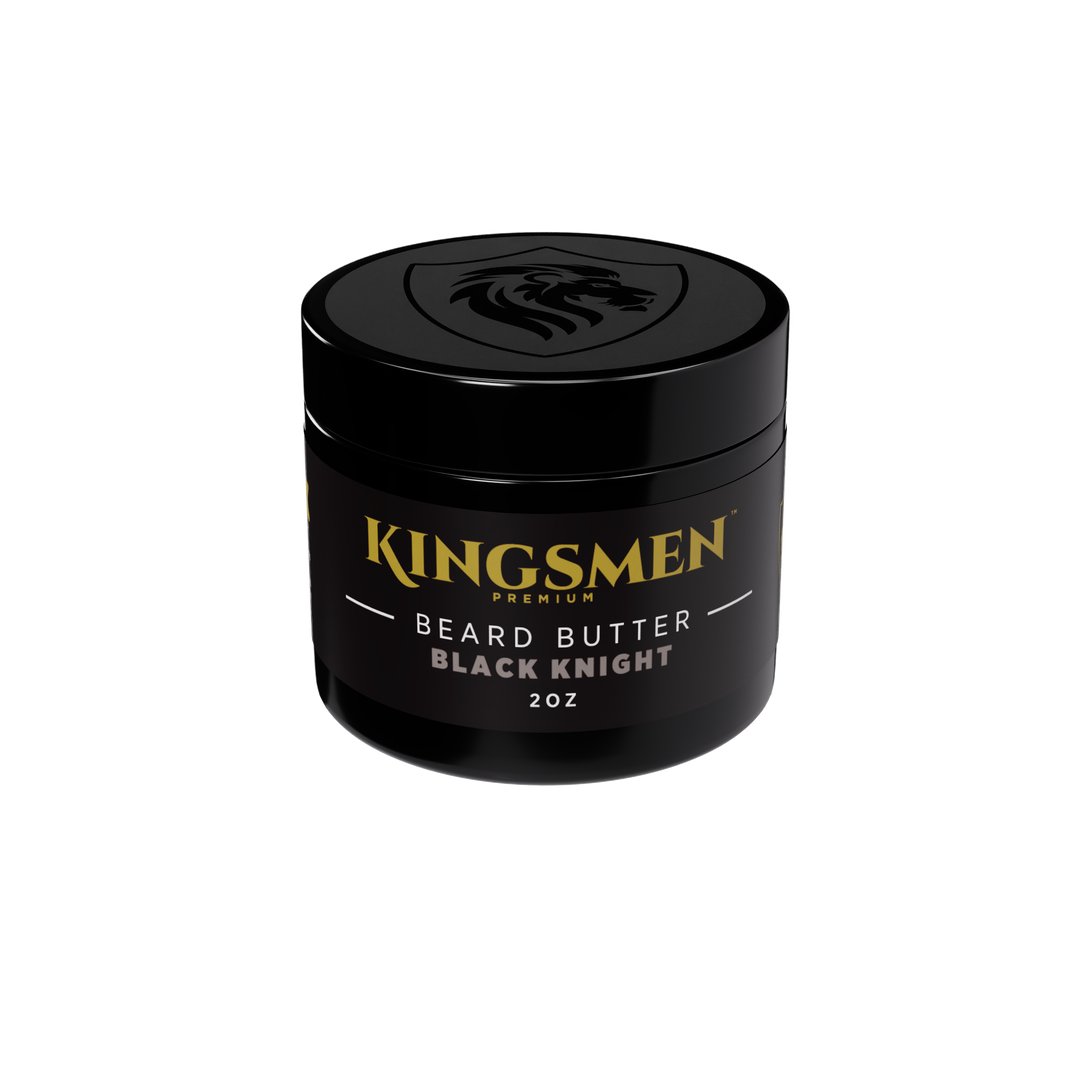

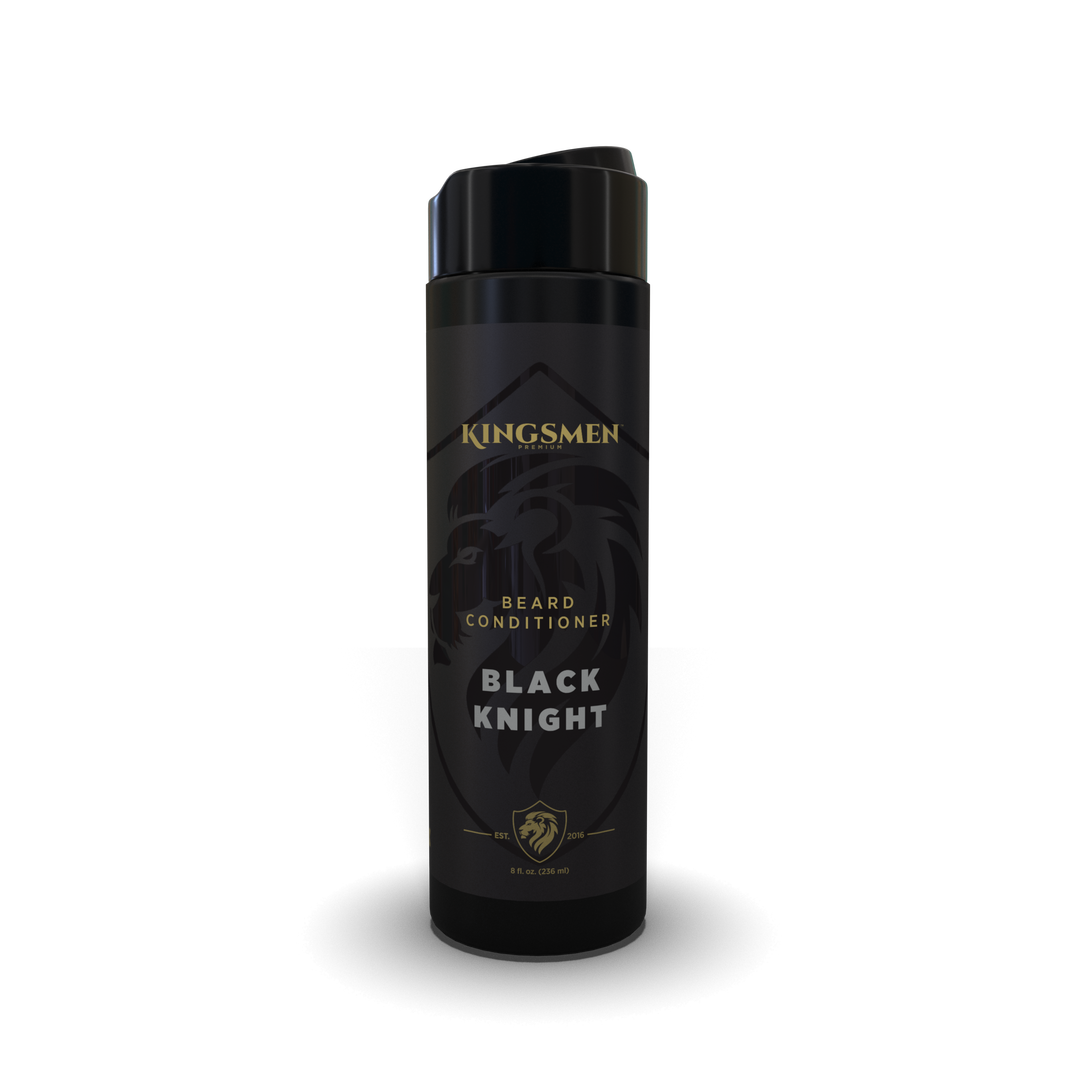
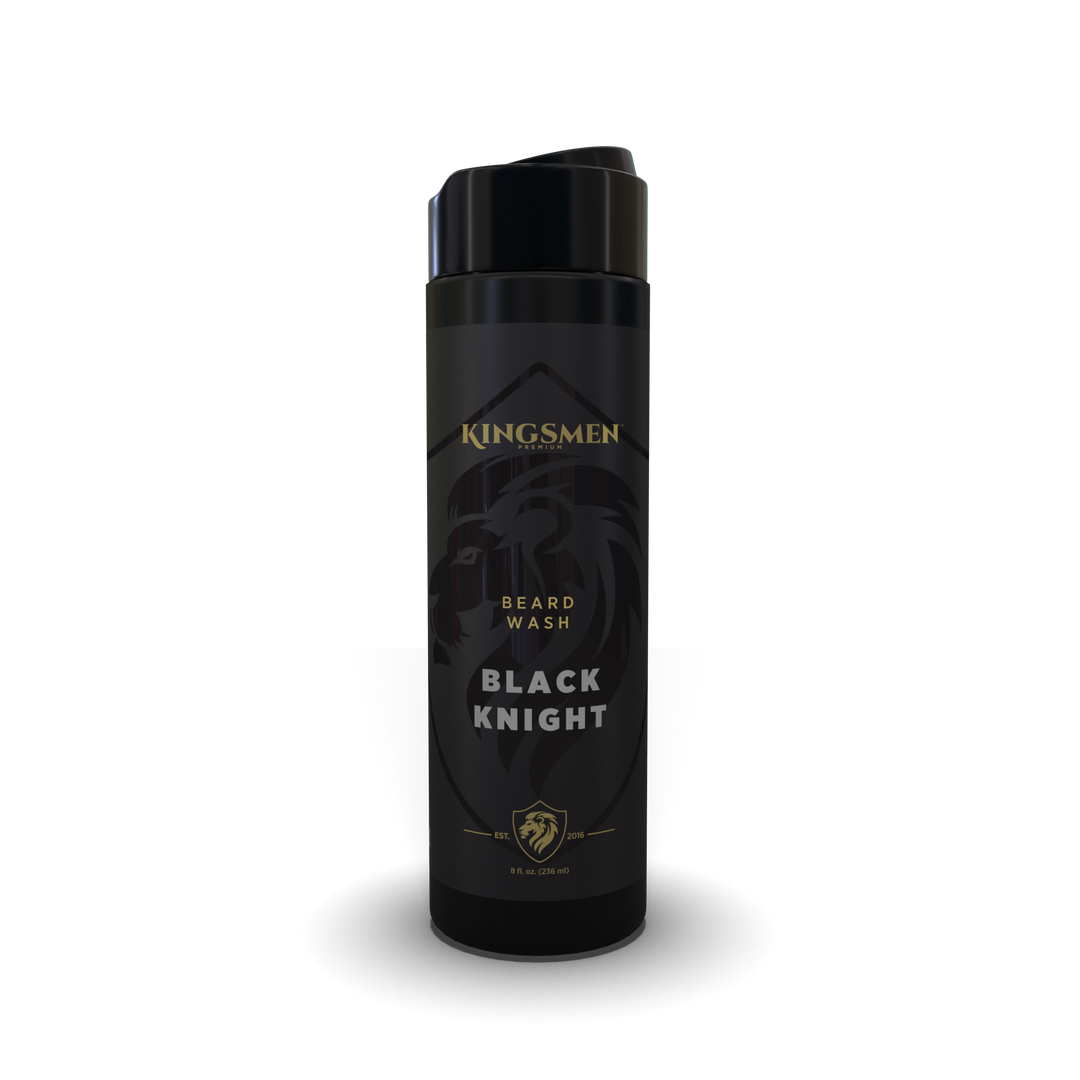
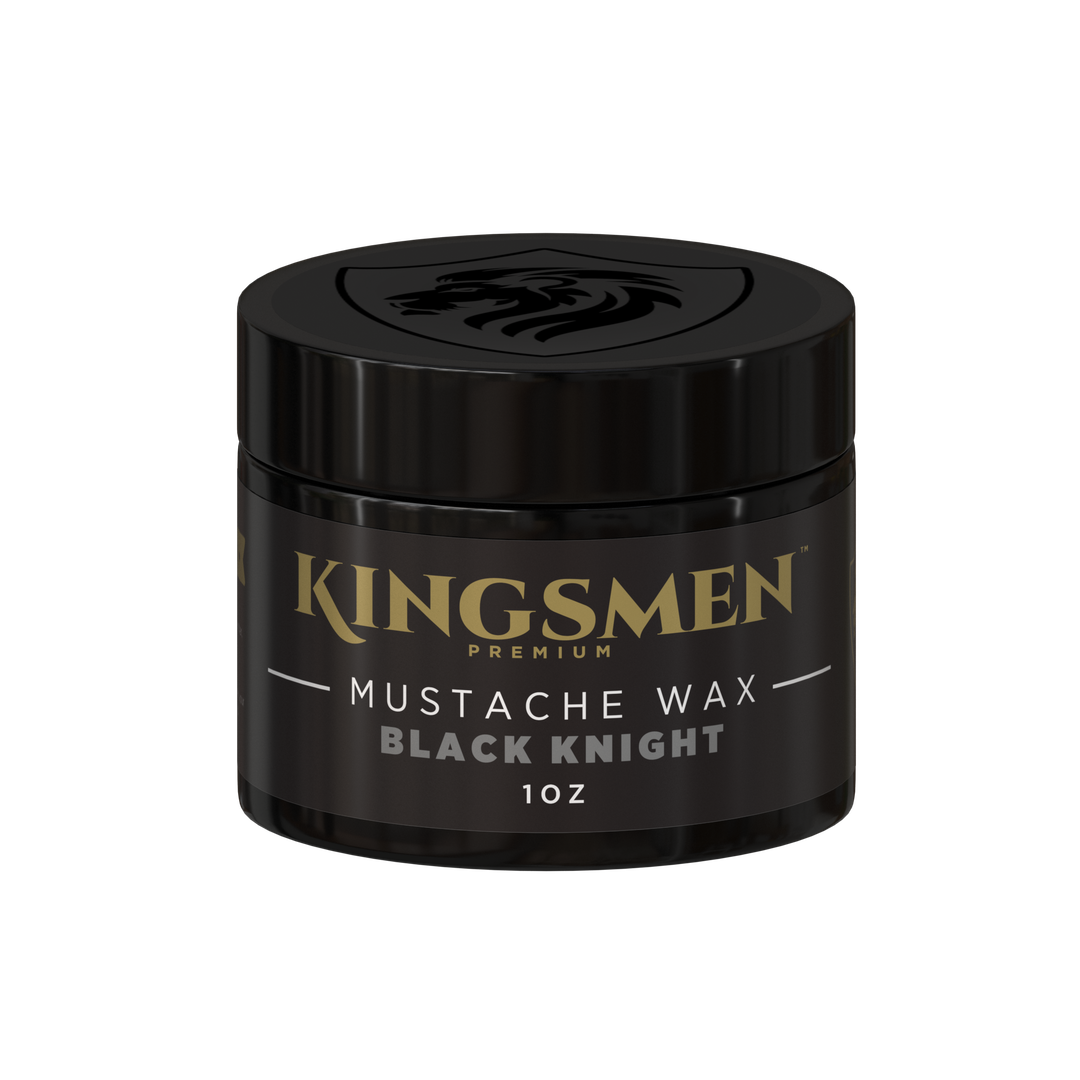
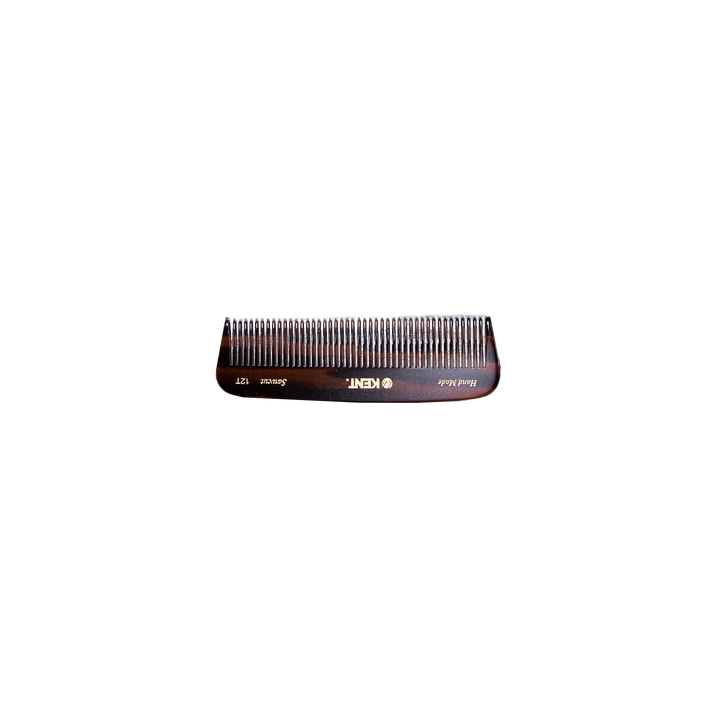
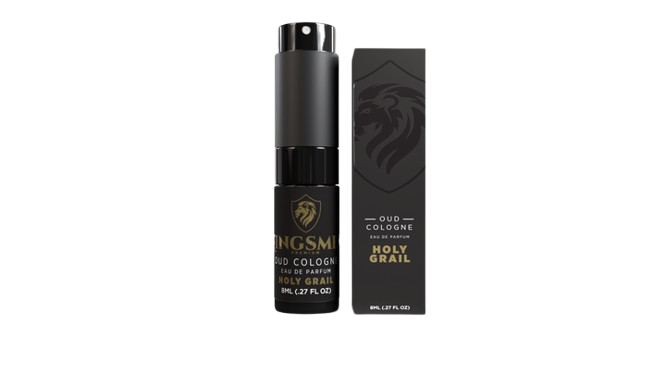
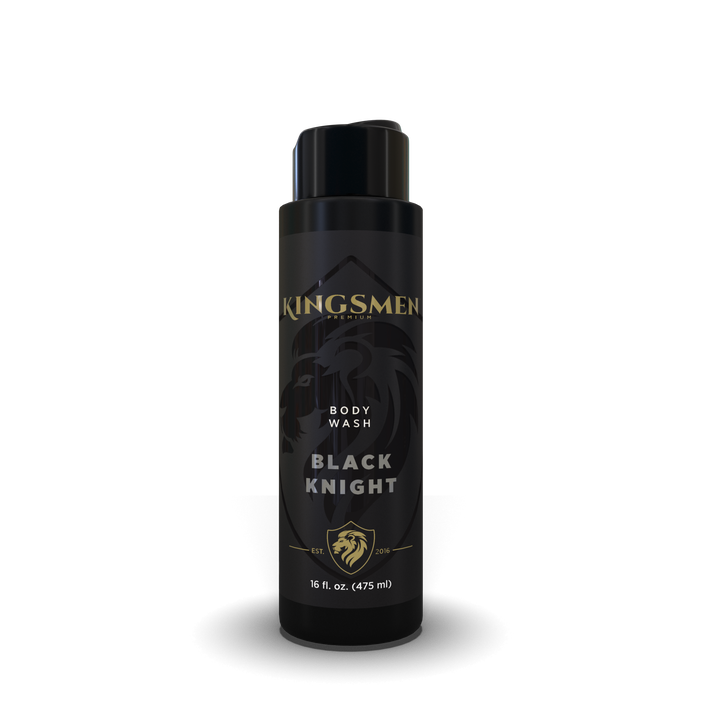
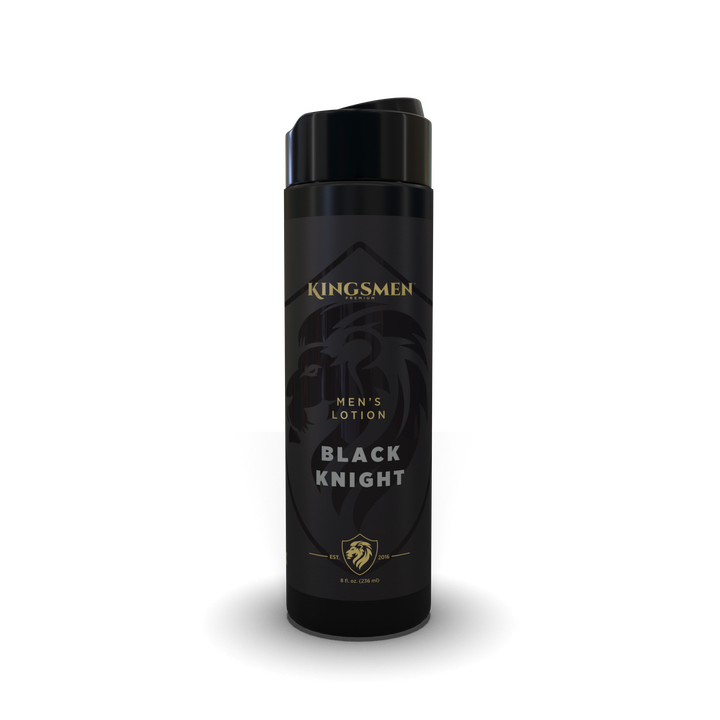
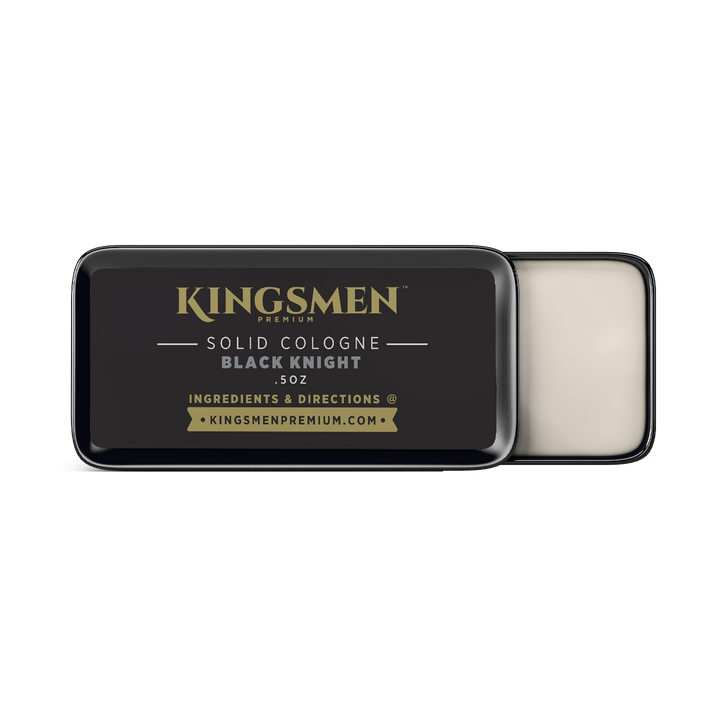

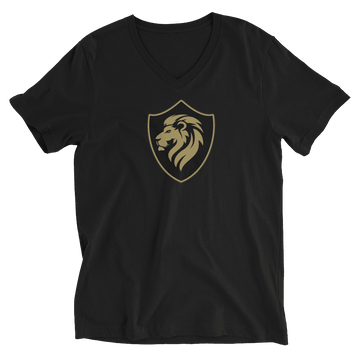
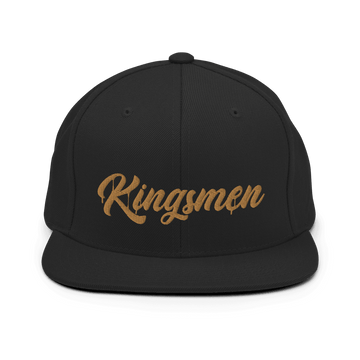

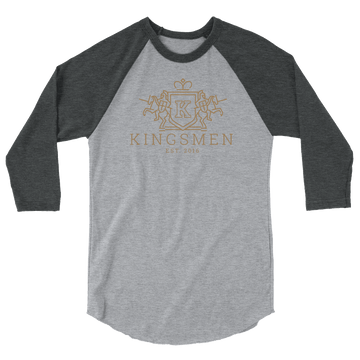
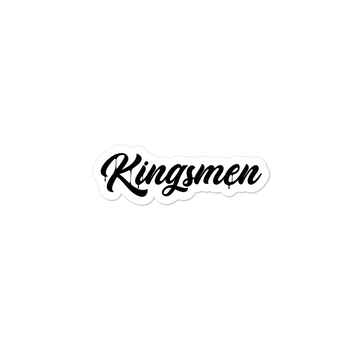
 VERIFIED BUYER
VERIFIED BUYER
 Monthly Scent Program
Monthly Scent Program
 Beard Care Kits
Beard Care Kits
 Beard Oil
Beard Oil
 Beard Butter
Beard Butter
 Beard Balm
Beard Balm
 Beard Conditioner
Beard Conditioner
 Beard Wash
Beard Wash
 Mustache Wax
Mustache Wax
 Kent Combs and Brushes
Kent Combs and Brushes
 Holy Grail Oud Spray Cologne
Holy Grail Oud Spray Cologne
 Body Wash for Men
Body Wash for Men
 Men's Lotion
Men's Lotion
 Solid Cologne
Solid Cologne
 Gift Ideas
Gift Ideas
 T-Shirts
T-Shirts
 Hats
Hats
 Hoodies
Hoodies
 Long Sleeves
Long Sleeves
 Accessories
Accessories








